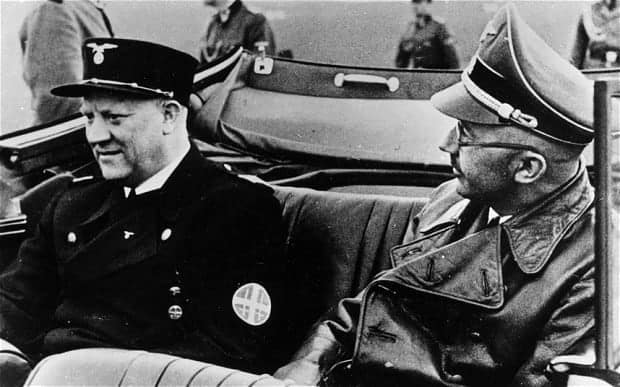It is often said that revenge is a dish best served cold. Tastes are subjective when it comes to payback, however, and sometimes vengeance gets served scalding hot and instantaneously. From the Wild West gunslinger who went after his father’s killers, to the cabal of assassins that went after mass murderers, following are thirty-six things about some of history’s most dramatic payback episodes.
36. “May an Old Man’s Curse Rest Upon You if You Do Not Try to Avenge Your Father“

Francis Boardman Eaton (1860 – 1958), also known as Frank Eaton and “Pistol Pete”, was born in Hartford, Connecticut, on October 26th, 1860. When Frank was eight years old, his family moved to Kansas. Unfortunately, some neighbors did not like the new arrivals. In 1868, only three years after the end of the Civil War, tensions were still running high. Eaton Sr., an abolitionist and Union Army veteran, got on the wrong side of former Confederates still smarting from their side’s defeat.
It ended with six former guerrillas, who had ridden with Quantrill’s Raiders during the war, shooting Frank’s father in cold blood, in front of him. They capped off the murder by horsewhipping young Frank with a quirt. A neighbor and friend of Frank’s father, Mose Beaman, urged the kid to make it his life’s mission to get payback. As he told Frank: “My boy, may an old man’s rest upon you, if you do not try to avenge your father“.

